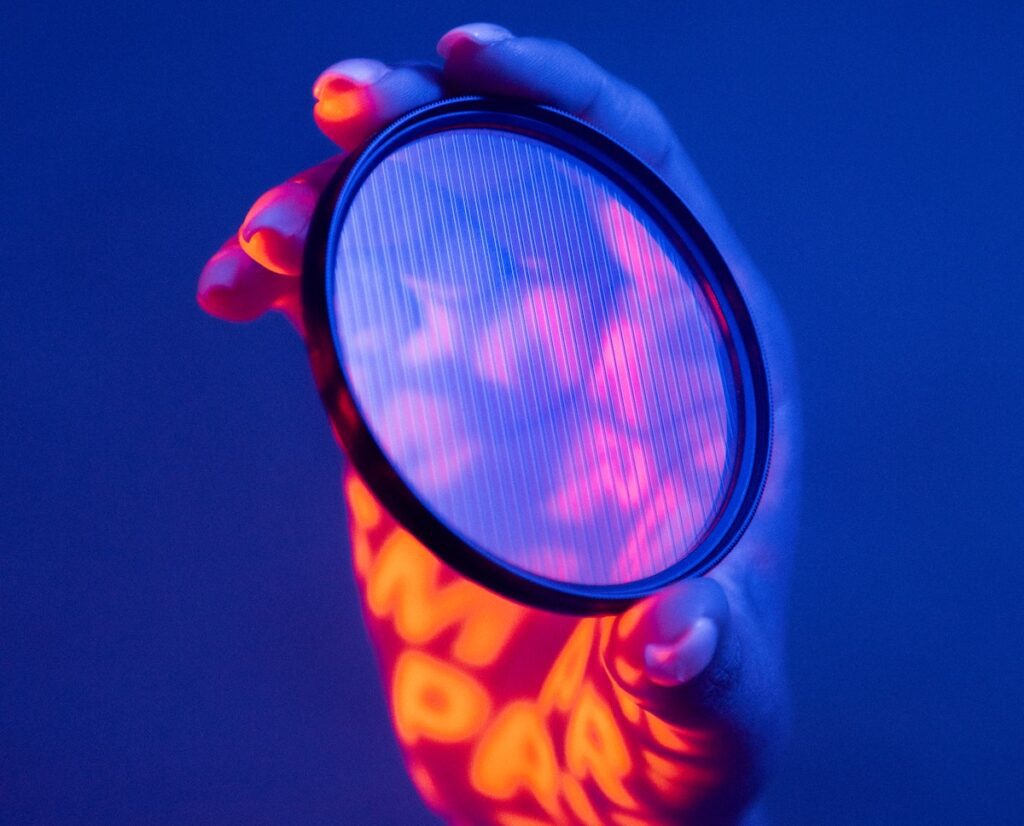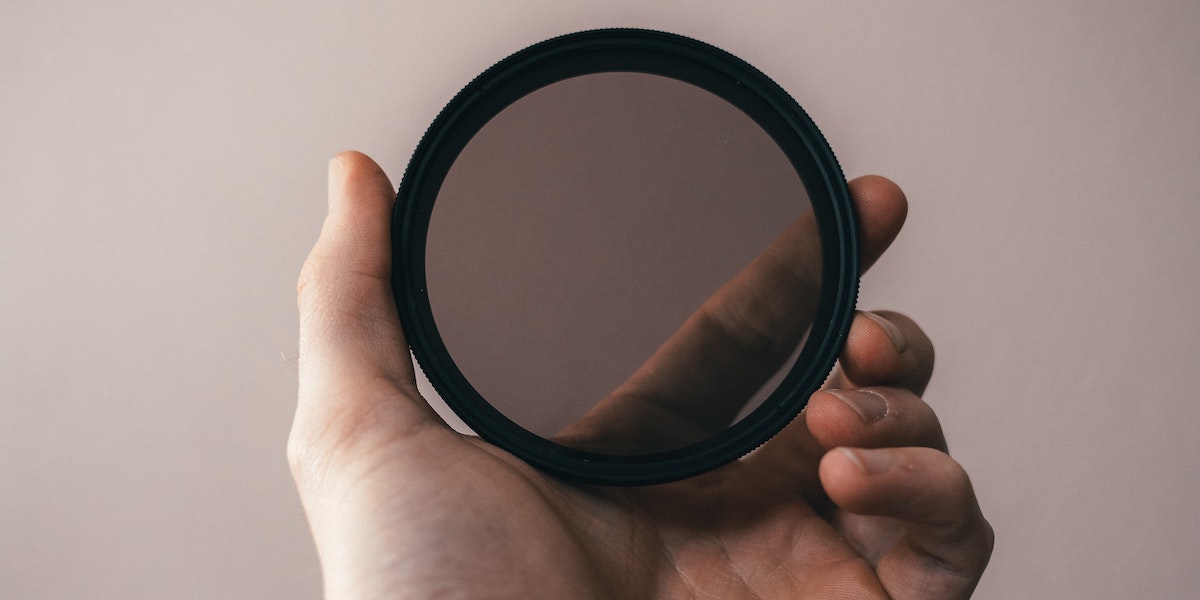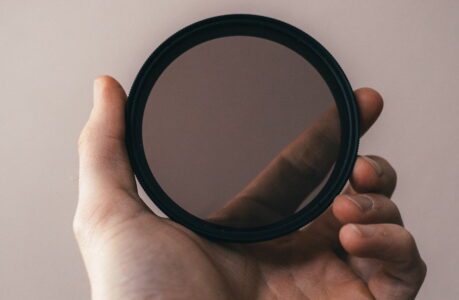Astronomical filters are essential tools for amateur and professional astronomers alike. They help to enhance the visibility of celestial objects and provide valuable information about their characteristics. In this article, we will explore the different types of astronomical filters, their uses, and how to properly use them.
Astronomical filters are essentially coloured or neutral density filters that are placed in front of the telescope’s objective lens or eyepiece. There are several types of filters that are used for different purposes, including nebula filters, planetary filters, and deep-sky filters.
Nebula filters are designed to enhance the visibility of nebulous objects such as planetary nebulae, diffuse nebulae, and supernova remnants. These filters work by blocking the light from bright stars, which often wash out the light from the nebula. By reducing the brightness of the background stars, the nebula becomes more visible and easier to observe.
Planetary filters are used to enhance the visibility of planets and their features. For example, the red or orange filters are commonly used to improve the visibility of the Martian polar caps, while blue filters are used to enhance the visibility of Jupiter’s Great Red Spot.
Deep-sky filters are used to enhance the visibility of galaxies, star clusters, and other deep-sky objects. These filters work by blocking the light from bright stars and reducing the brightness of the background sky. By doing this, the light from the deep-sky object becomes more prominent, making it easier to observe.
Using astronomical filters is relatively simple, and they can be attached to the end of the eyepiece or placed in front of the objective lens. When using a filter, it is important to start with the lowest magnification and then gradually increase the magnification until the desired level of detail is achieved. This helps to prevent over-magnifying the object and making it difficult to observe.
When choosing a filter, it is important to consider the type of object you wish to observe and the conditions under which you will be observing. For example, if you are observing a nebula under a bright moon, a nebula filter may not be effective. In these cases, it may be necessary to use a neutral density filter to reduce the overall brightness of the sky.
It is also important to consider the size of the filter and the size of the telescope’s objective lens. Filters that are too small will not provide adequate coverage, while filters that are too large will cause vignetting, which is the darkening of the image at the edges.
Finally, it is important to clean the filters regularly to ensure that they are free from dirt, dust, and fingerprints. This will ensure that the filter provides the best possible image quality.

What are the most commonly used astronomical filters
The most commonly used astronomical filters are:
- Deep-sky filters: These filters are used to enhance the visibility of galaxies, star clusters, and other deep-sky objects. They work by blocking the light from bright stars and reducing the brightness of the background sky.
- Nebula filters: These filters are designed to enhance the visibility of nebulous objects such as planetary nebulae, diffuse nebulae, and supernova remnants. They work by blocking the light from bright stars and reducing the brightness of the background sky.
- Planetary filters: These filters are used to enhance the visibility of planets and their features. For example, red or orange filters are commonly used to improve the visibility of Martian polar caps, while blue filters are used to enhance the visibility of Jupiter’s Great Red Spot.
- Moon filters: These filters are used to reduce the brightness of the moon and make it easier to observe its features.
- Polarising filters: These filters are used to reduce glare and improve the contrast of planetary and lunar observations.
- Neutral density filters: These filters are used to reduce the brightness of the sky, making it easier to observe faint objects.
These are the most commonly used astronomical filters, but there are many other specialised filters available for specific purposes.
Can I use filters to reduce light pollution
You can use filters to reduce light pollution. Light pollution filters are designed to block out the artificial light from streetlights, buildings, and other sources, which can wash out the light from the stars. These filters are often designed to enhance the visibility of deep-sky objects, such as galaxies and star clusters, by reducing the brightness of the background sky.

In addition to light pollution filters, you can also use neutral density filters to reduce the overall brightness of the sky. This can be especially useful for observing faint objects, such as distant galaxies, under bright conditions.
It is important to note that light pollution filters are not a cure-all for light pollution, as they can only reduce, not eliminate, its effects. To get the best results, it is best to observe from a location that is far from artificial light sources. Additionally, it is important to use the filters properly, as over-filtering can cause vignetting, which is the darkening of the image at the edges.
In conclusion, filters can be an effective tool for reducing light pollution, but they should be used in combination with observing from a location that is far from artificial light sources, and with proper use to avoid vignetting.
In conclusion, astronomical filters are valuable tools for amateur and professional astronomers alike. They help to enhance the visibility of celestial objects and provide valuable information about their characteristics. When choosing and using a filter, it is important to consider the type of object you wish to observe, the conditions under which you will be observing, and the size of the filter and the telescope’s objective lens. With the proper use of astronomical filters, you can enjoy the beauty of the night sky like never before.

